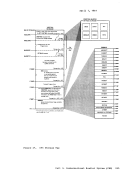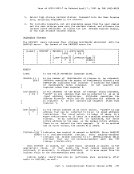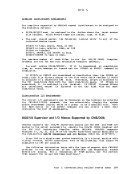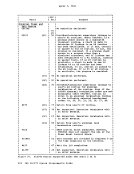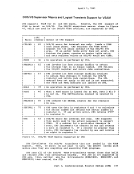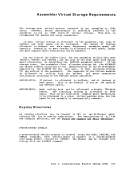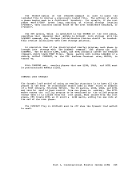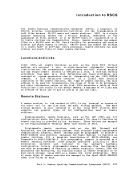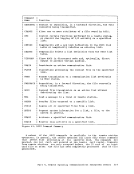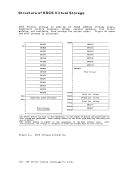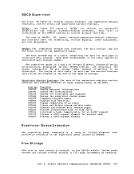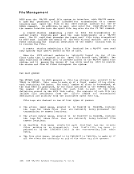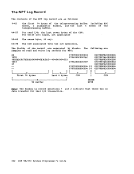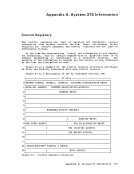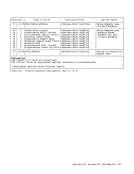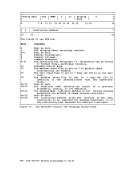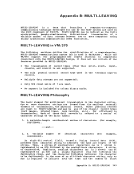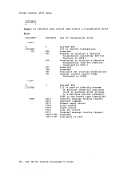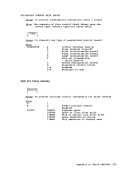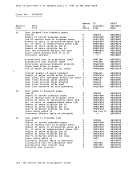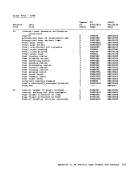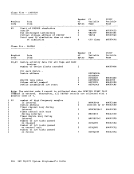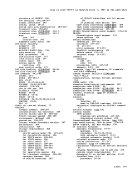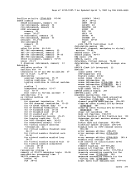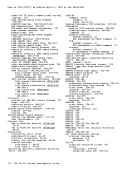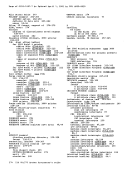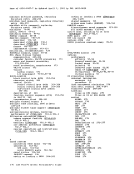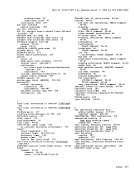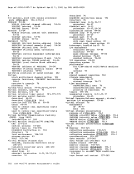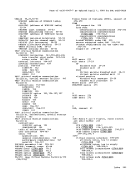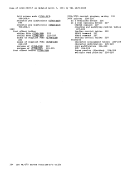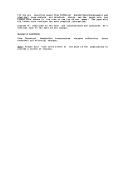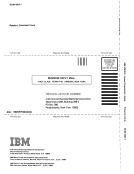April 1, 1981
label is any desired user label.SYSSIZE=nnnnnK is the
order to load the saved system. K must be specified.SYSNAME=name is the name (up to eight alphameric characters) given to the
system to be used for identification by theSAVESYS command.
The name selected must never be one that could be interpreted
as a hexadecimal device address (forVSYSRES=cccccc is the real volume serial number of the DASD volume containing
the virtual disk that is the system residence volume for the
system to be saved.VSYSADR=cuu is the virtual address of the virtual disk that is the system
residence volume for the system to be saved.SYSVOL=cccccc SYSCYL=nnn is the volume serial number (up to six alphameric characters)
of theDASD volume designated to receive the saved system.
This must be aCP-owned volume.
is the real starting cylinder of the virtual disk (specified
byVSYSRES and VSYSADR) that is the system residence volume
for the system to be saved.SYSSTRT= (cc ,p)
designates the starting cylinder (cc) and page addressSYSVOL. at which this named system is to be saved. During the SAVESYS and 1PL processing, this is used to generate the
"cylinder page and device" address for theDASD operations.
These numbers are specified in decimale
The number of pages written to this area is the total number
specified via theSYSPGNM operand, plus one information page. SYSPGCT=pppp is the total number of paqes
(that is, the total numberSYSPGNM operand). This is
diqits.
(pppp) you specify to be saved
of pages you indicate via the
a decimal number, up to four
TheSTSPGCT operand is not required when assembling the NAMESYS macro VM/370 Release 3 MACLIBs. The macro
itself will calculate the number of pages to be saved.SYSPGNM=(nn,nn,nn-nn, ••• )
are the numbers of the pages to be saved. Pages may be
specified singly or in groups. For example: if pages0, 4, and 10 throuqh 13 are to be saved, use the format: SYSPGNM=(0,4,10-13). Part 2. Control Program (CP) 133
label is any desired user label.
order to load the saved system. K must be specified.
system to be used for identification by the
The name selected must never be one that could be interpreted
as a hexadecimal device address (for
the virtual disk that is the system residence volume for the
system to be saved.
residence volume for the system to be saved.
of the
This must be a
is the real starting cylinder of the virtual disk (specified
by
for the system to be saved.
designates the starting cylinder (cc) and page address
"cylinder page and device" address for the
These numbers are specified in decimale
The number of pages written to this area is the total number
specified via the
(that is, the total number
diqits.
(pppp) you specify to be saved
of pages you indicate via the
a decimal number, up to four
The
itself will calculate the number of pages to be saved.
are the numbers of the pages to be saved. Pages may be
specified singly or in groups. For example: if pages

























































































































































































































































































